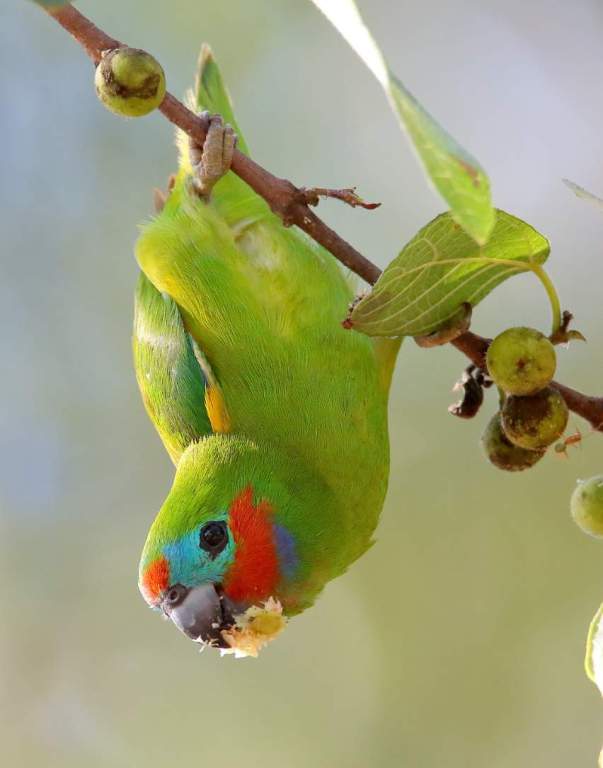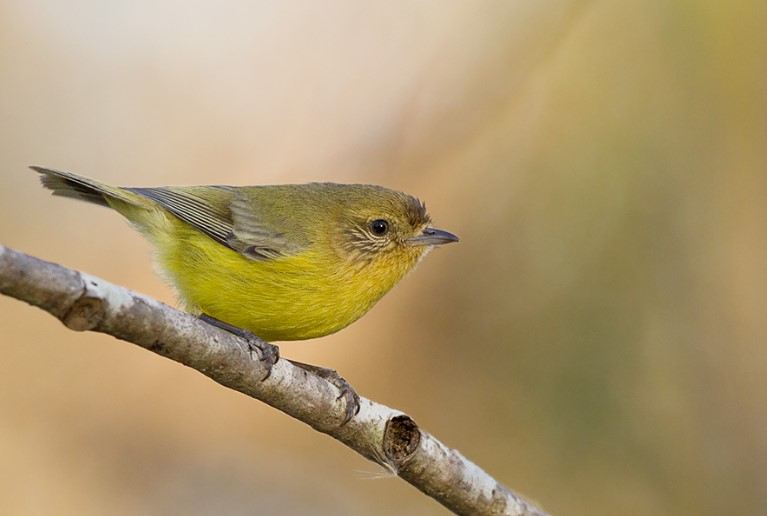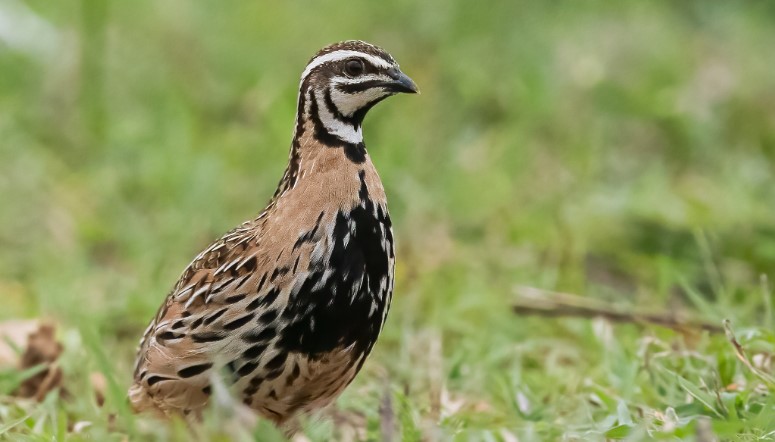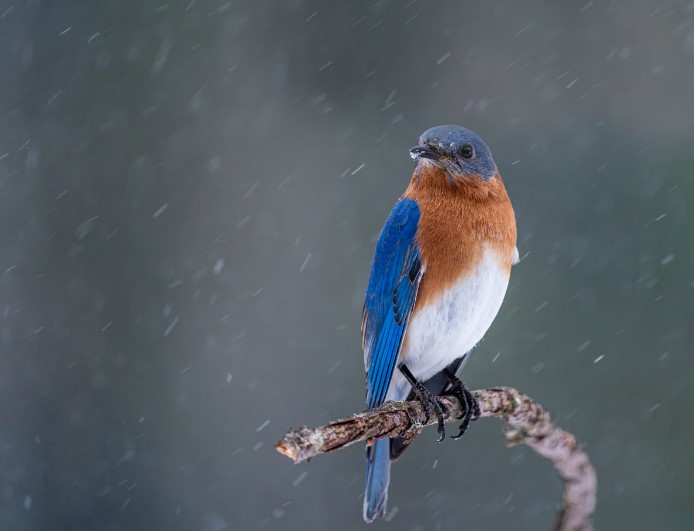Habitat: The double-eyed fig parrot (Cyclopsitta diophthalma) was given its curious name because of a spot close to the eye in some races, giving the impression of a second eye. Its generic name, Cyclopsitta, means Cyclops parrot, completes the joke. These small, green, stumpy-tailed birds resemble lorikeets in appearance and behavior. They are wholly arboreal, living and feeding high in rainforest trees. They run hunched along branchlets with ease and fly between roost and food trees with swift directness over the top of the forest canopy.
Although they draw their wings to the body after a series of beats in flight, this movement is so quick that no undulation results. There are similarities to lorikeets’ ends. Fig parrots roost together in communal camps when not breeding. They disperse in small groups throughout the day to feed sporadically from early morning until dusk.
In flight, they are constantly calling, but when feeding, they are almost silent. The only signs of their presence are foliage movement and a stream of chewed debris falling to the ground. They are difficult to find and see in the forest canopy, and so they are often thought of as rarer than they are.
Only the population straddling the Queensland, New South Wales, border is really rare and possibly on the verge of extinction; it has been seen no more than once or twice in the past 20 years. Destruction of its habitat—a lowland rainforest rich in figs—is the likely cause.
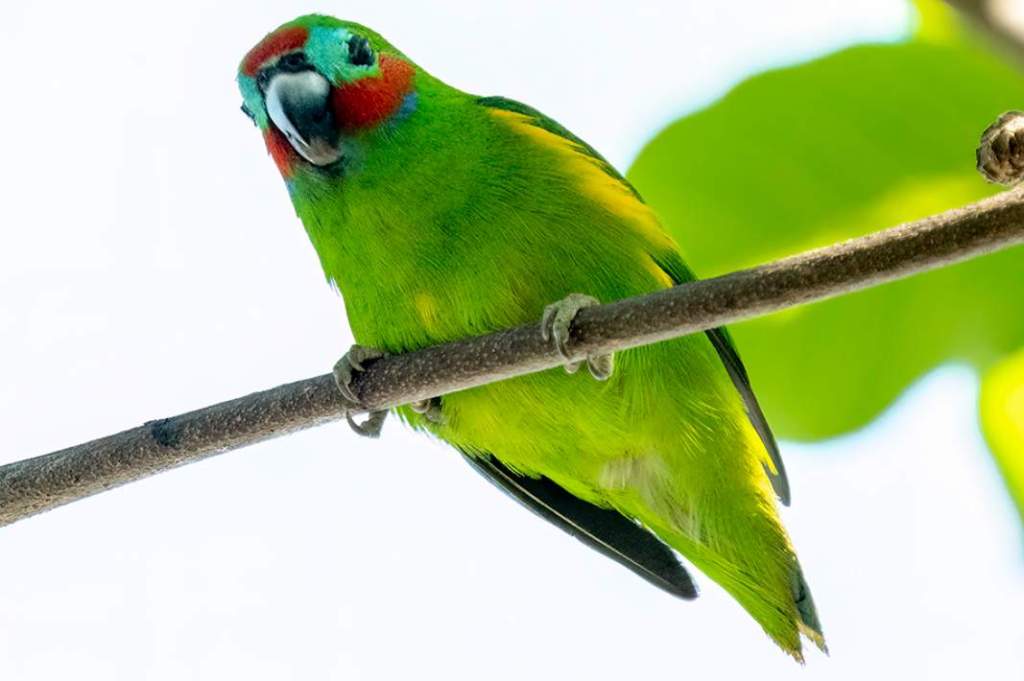
Breeding: When breeding, fig parrots spread out in pairs to hold small territories centered on food trees. Both sexes prepare the nest hole, but the female does most of the excavation. She lines it with wood debris, roosts in it, and spends much of the day there. The male feeds on her frequently during courtship and copulates with shrill chatter.
Eggs are laid at 48-hour intervals, and female incubation begins with the first egg laid. Every morning and afternoon, the male feeds the female in the nest. She in turn feeds the nestlings by regurgitation until they are halfway fledged. From then on, both parents feed the noisy young, although the female continues to roost in the nest until fledging. Young males. The bird attains adult plumage at the second annual molt, about 14 months after leaving the nest.
Races: There are three distinct races of Double-eyed Fig-Parrot in Australia, geographically isolated along the east coast of the mainland. This is a red-brown male in northern Queensland, eating wild figs.
Alternative Names: This bird is also known as Lorilet, dwarf fig parrot, Marshall’s fig parrot, red-browed fig parrot, red-faced fig parrot, blue-faced fig parrot, two-eyed fig parrot, and Coxen’s fig parrot.
Diet: Fig parrots are seed-eaters and have broad, sharp-edged bills, which they use to cut into figs and other fruit to extract the kernels. Fruits are never pulled off whole but broken on the stem. Nectar is sometimes taken too, as are the fruits of other rainforest trees, insect larvae, and perhaps fungi from the bark.
Size: Double-eyed fig parrots measure 130–140 mm long, including short and round tails.

Identification: MALE: General plumage is bright grass-green, light on the belly, darker on the back. Outer flight feathers are deep blue, innermost with red spots; underwing coverts are mid-green edged yellow and a broad yellow band through the dusky underside of flight feathers. The yellow stripe runs from the breast sides to the sides of the body, along with red and blue on the face according to race.
Cape York Peninsula race: all forehead, lores, and cheeks bright scarlet, giving the red-faced appearance, the red grading to green through yellow-orange on the crown and through an edge of pale cobalt on the lower cheeks; a small deep turquoise spot in front of the eye.
North Queensland (Cairns) race: facial red limited to a wide, dull scarlet spot on the forehead and a broad sash through the cheeks underlined by an elongated cobalt spot; a turquoise spot in front of the eye expanded over the lores, splitting red on the forehead and cheeks.
Central East Coast race: The facial red reduced to a yellowish scarlet wash over hind cheeks underlined by moderate cobalt wash. The area in front of the eye is dull green, grading to a turquoise wash in the center of the forehead. The eyes are dark brown. The bill is leaden, darker at the tip; the cere is dark gray. The feet and toes are olive-grey, and the claws are darker.
Female: Same as male, but face marks vary according to race. Cape York Peninsula. The entire forehead is pale cobalt, the lores and cheeks are salmon-buff underlined by a dull cobalt edge.
North Queensland race: male, but cheeks dull brownish green.
Central East Coast race: similar to male in all marks or with slightly less scarlet-yellow wash on hind cheeks.
Immature birds resemble adult females. The downy young are sparsely white on the back.
Vocalizations: A double-eyed fig parrot contact call consists of a shrill, penetrating tseet repeated two or three times in flight. The alarm sounds like a high-pitched, rolling screech. A variety of soft, chattering sounds may also come from the bird when it feeds.
Nest: Nesting occurs in August–October. Nest in a small hollow excavated from a rotting tree branch.
Eggs: A double-eyed fig parrot lays two eggs, white and rounded, 22 x 19 mm. The incubation period is 17–18 days for females. The young will fledge in 7 to 8 weeks.
Distribution: The double-eyed fig-parrot is restricted to lower altitude rainforests and their edges and isolated in three racially distinct populations down to the eastern seaboard. One on the Cape York Peninsula south of the McLwraith Range. Moreover, another is in northeastern Queensland, from Cooktown to just north of Townsville, and a third, larger than the other two, is on the central east coast between Gympie, Qld, and the Macleay River, NSW. Other races occur in New Guinea and the offshore islands.
Status: Least Concern; however, few species are under threat.
Family: Psittaculidae
Genus: Cyclopsitta
Order: Psittaciformes
Read More: Spot-winged Parrotlet (Touit stictopterus)
